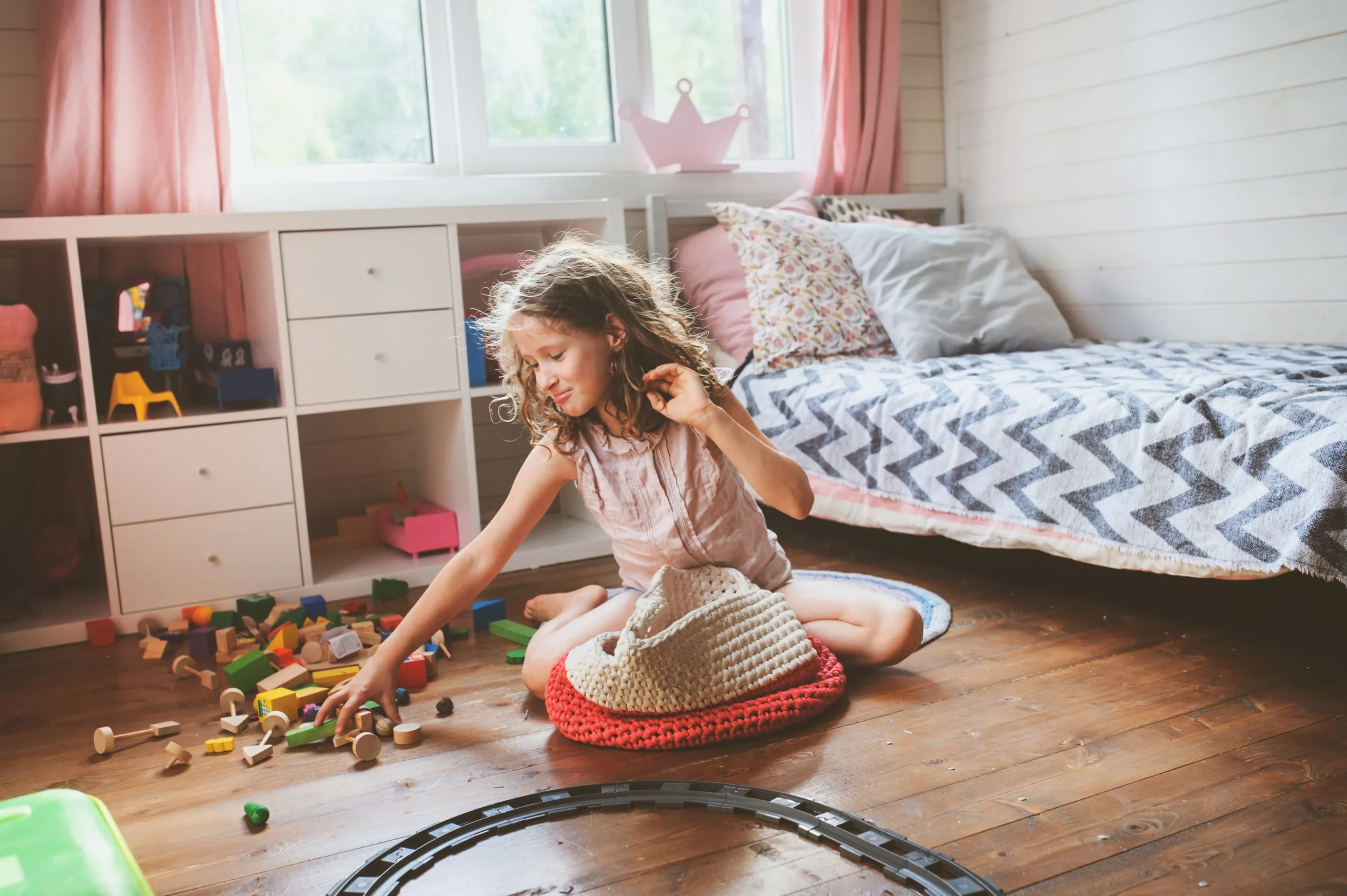
5 Tips for Spring Cleaning Your Child’s Playroom
Spring cleaning is a time for renewal and organization, especially in a child’s playroom. As the season changes, it’s the perfect opportunity to refresh this space, ensuring it remains a vibrant and enjoyable area for play. Tackling the clutter and reorganizing can transform the room into a functional and inspiring environment. By following a few strategic tips, parents can create a playroom that is both tidy and inviting. Let’s explore how to make spring cleaning a success in your child’s playroom.
Table of Contents
Toggle1. Assessing and Categorizing Toys
Begin the spring cleaning process by assessing and categorizing the toys in the playroom. Sort them into categories such as keep, donate, or sell. This is an excellent opportunity to declutter and make room for new toys. Sell used toys that are in good condition but no longer used. Use clear bins or baskets to organize the remaining toys, making it easy for children to find and put away their belongings. This process not only tidies the space but also teaches children the value of organization and letting go of items they no longer need.
2. Deep Cleaning and Sanitizing Surfaces
Deep cleaning and sanitizing surfaces is crucial for a healthy playroom environment. Start with wiping down all surfaces, including shelves, tables, and chairs, with a gentle yet effective cleaner. Pay special attention to high-touch areas like doorknobs and light switches. For fabric items such as curtains and cushions, consider laundering or steam cleaning to remove dust and allergens. Don’t forget to clean the floors, whether it’s vacuuming carpets or mopping hard surfaces. Regular deep cleaning not only keeps the playroom hygienic but also contributes to the overall well-being of your child.
3. Reorganizing for Accessibility and Play
Reorganizing for accessibility and play is key to a functional playroom. Arrange toys and materials at a child’s eye level, making it easy for them to reach and put away items. Use open shelving and labeled bins to categorize toys by type or theme. Create distinct zones for different activities, such as a reading nook or an art station, to encourage focused play. Introduce modular furniture that can be rearranged to suit different play scenarios. Incorporating a mix of storage solutions and dedicated play areas fosters an organized and dynamic environment that adapts to your child’s evolving interests.
4. Creating a System for Rotation and Storage
Creating a system for rotation and storage is essential for keeping the playroom fresh and manageable. Start by dividing toys into groups and storing some away while keeping others accessible. This rotation strategy prevents overcrowding and keeps children engaged with a rotating selection of toys. Use clear, stackable bins for easy identification and access, and label each bin with its contents. Implementing a regular rotation schedule, such as monthly or seasonally, ensures that the playroom remains organized.
In addition to rotation, consider dedicated storage solutions for different types of toys. For example, use hanging organizers for small items like action figures or wall-mounted shelves for books. Larger toys can be stored in baskets or toy chests. Modular storage units can be reconfigured to accommodate changing toy collections. Combine toy rotation and effective storage with an effective story to maintain a dynamic and organized play space.
5. Establishing Playroom Rules and Maintenance
Establishing playroom rules and maintenance routines is crucial for long-term organization. Start by setting clear guidelines for playtime, such as putting toys back after use and respecting shared spaces. Involve children in creating these rules to foster a sense of ownership and responsibility. Regular cleaning schedules, such as weekly tidying or monthly deep cleaning, can be established to maintain cleanliness. Encourage children to participate in maintenance tasks, turning them into fun, educational activities. Additionally, consider implementing a reward system for adherence to playroom rules, further motivating children to keep the space organized.
Maintaining a Tidy and Inviting Play Space
Maintaining a tidy and inviting play space is an ongoing effort that pays off in smiles and creativity. With regular attention to cleanliness, organization, and rules, the playroom can remain a sanctuary for imagination. Engaging children in the process instills a sense of responsibility and pride in their space. As the seasons change, let the playroom reflect growth and innovation. Embrace these tips to ensure a harmonious and dynamic environment for play.





